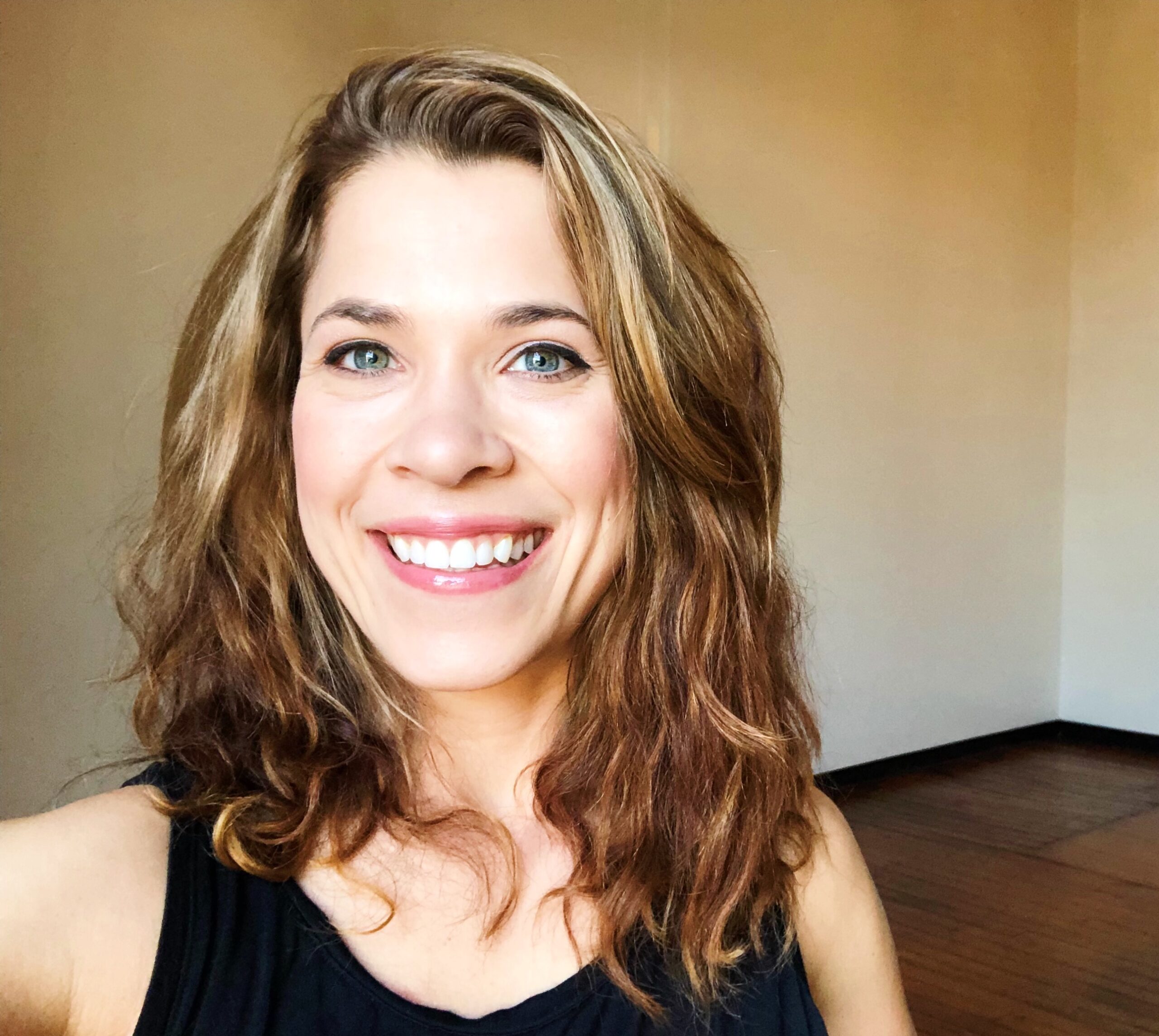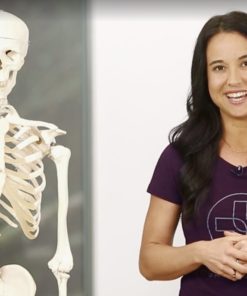Movement Intelligence – An Introduction to Neuromechanics Online Course
$150.00
Course Description
At some point, most yoga teachers go through a phase of feeling mechanical, worn out, or stuck in a rut with their cues and sequencing. Additionally, strictly alignment-based practices can feel limiting and sometimes lean into the realm of aesthetics at the cost of function.
This online course, Movement Intelligence – An Introduction to Neuromechanics, is for yoga or movement teachers who are ready to look outside of traditional alignment and cueing and learn a new way to approach movement in their teaching. It’s also suitable for exploring new facets of the practice beyond simply doing more “advanced” asana or “improving” alignment. In fact, this course will make the argument that there’s merit to moving instinctively rather than trying to conform to externally imposed systems that may not account for our anatomical individuality. Furthermore, we’ll explore the idea that introducing an element of variability into alignment actually enables us to strengthen in a wider range of motion, makes for better coordination, increases body awareness, and results in greater overall functionality.
Your instructor, Jenni Tarma, is a lifelong athlete with a specific interest in movement. She is an RRCA Endurance coach, a CrossFit Level 1 trainer, has a 500hr certification in biomechanics, and teaches mobility at her local CrossFit gym. Jenni designed this course to offer teachers a complementary lens through which to view movement and provide a more nuanced counterpoint that, ultimately, also encourages self-awareness and empowers both students and teachers to make intelligent decisions about their practice.
Course Details
- Identify and learn to apply skills that promote good quality movement: minimizing parasitic tension, reversing movements, actively controlling a wide range of motion, and withstanding load in a variety of joint positions.
- Gain an understanding of how flexibility, coordination, and strength are controlled and influenced by the nervous system.
- Explain how we can harness the nervous system to become skilled movers, improve movement literacy, reduce chronic pain and minimize injury risk.
- Teach alignment as a fluid concept, rather than the binary (and restrictive) “correct vs incorrect” model.
- Transfer what we do in class to real-life movement, athletic training scenarios, or indeed any movement practice.
- Grasp how perceived threat/nociceptive input can impede the ability to move well, and subsequently, learn to teach and cue in ways that minimize that effect.
- Access to standard props will be helpful: two blocks, blanket, strap, bolster if there’s one available.
- A downloadable handout is provided.
- Course length: 5.5 hours of online training videos.
- Multidisciplinary learning methods of theory (lecture) and application (sample asana practices).
- The lectures focus on learning about parasitic tension, movement reversibility, understanding passive vs. active ROM, and exploring the benefits of moving outside the confines of traditional alignment- all skills that contribute to our ability to move competently.
- An informative course handout available for download.
- A course certificate after the successful completion of the online quiz.
- This course is eligible for 6 hours of continuing education hours with Yoga Medicine® and/or Yoga Alliance.
- This course is available on-demand and does not expire, so you can always return to practice and revisit the material to deepen your understanding over time.
- Understand the role of the nervous system in moving with skill and implement these techniques in their own practice or teaching.
- Teach in a way that prioritizes function over aesthetics, without relying on cookie-cutter cues that may not work for everyone.
- Teach movement in a way that is informative and science-based but open-ended enough for students to have their own experience.
- Take these skills off the mat: while the modality of choice in this course is yoga asana, understanding the underlying principles allows students to apply them to any type of movement practice or athletic training.

Jenni Tarma
About The Teacher
Jenni Tarma is a lifelong athlete who has always found a sense of connection and focus through movement. Jenni has taught extensively in both studio and corporate settings, and particularly enjoys the detective work involved in working with private clients, whether they are seeking to refine their performance, work their way out of injury, or simply feel better in their bodies and daily lives.
Her interest in movement has led her to complete a Teaching Yoga To Athletes certification with Sage Rountree, a 500hr program in biomechanics with Jules Mitchell, a Road Runners’ Club of America Endurance Coaching certification, and motivates her to keep chipping away at her 1000hr training with Yoga Medicine®. She teaches mobility at her local CrossFit gym and is a CrossFit Level 1 trainer. She is also an enthusiastic writer who has contributed articles to Yoga Journal and Yoga Medicine®’s online forum. She recently released an e-book on hamstring tendon injuries (the dreaded “yoga butt”) under her Stronger With Yoga brand.
1 review for Movement Intelligence – An Introduction to Neuromechanics Online Course
Only logged in customers who have purchased this product may leave a review.

















Rachel Land –
Helpful, practical, highly-informed content that bridges movement science and yoga. If you’ve been practicing or teaching for a while, this course will help you bring fresh eyes to what you do and feel in your practice.